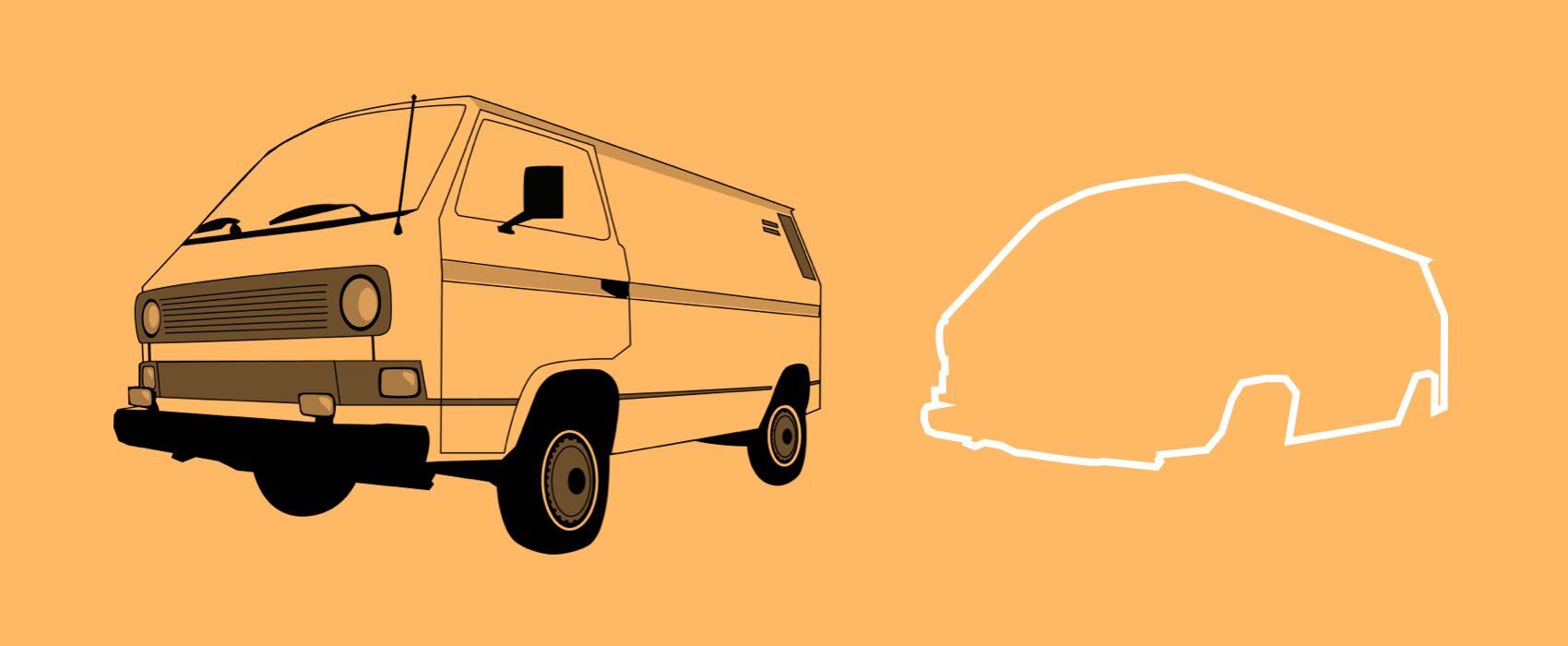
Infrastructure
Vans are actually quite beautiful things. The body designed for transporting things looks straightforward and practical. Upper secondary school buildings were designed for use too. In addition to people, also energy, light, water, and materials are flowing inside it. Vans and schools are all individuals, but roughly speaking half of your school’s carbon footprint was born during its construction and the other half comes from the use taking place in it now. So, it makes sense to take good care of it.
Turn Down the Heater
About one third of a school’s carbon emissions comes from the heating. This number is a bit tricky to affect, but discussing the classroom temperature is always useful. Many schools use district heating which unfortunately is often produced from fossil fuels, even peat. Maybe this calls for social influencing?
The Digital Leap Consumes Energy
Almost as much carbon is released into the atmosphere by electricity as by heating in schools. After moving to digital textbooks, electricity might not be the best way to reduce emissions any time soon. Is the electricity in our school produced with renewable energy? Are solar panels used, with all that free roof area available? It’s best not to let water run for nothing and not to illuminate empty rooms.
Ignore the Trashcan
The world can’t be saved by recycling, not even the school. Waste creates only a small percentage of emissions. What’s important is that waste is not created at all. Therefore, we should focus for example on the number of digital apparatuses eager teachers keep carrying into the classrooms. They all have a short operational lifetime in common. The mining industry thanks, the climate does not.
Do-It-Yoursef But-Together
Open the Background manual – Infrastructure
(So far only in Finnish)




